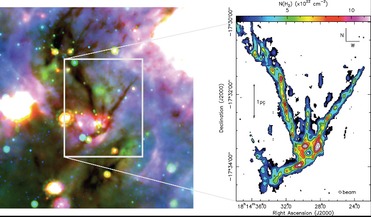 10 July 2017
First glimpse at how gravity effects star formation
10 July 2017
First glimpse at how gravity effects star formation
... clumps become compacted and the compressed gas at the centre will eventually amass enough material to form a protostar. Examples of these huge dusty filaments are ubiquitous in the Milky Way, but so far astronomers have not...
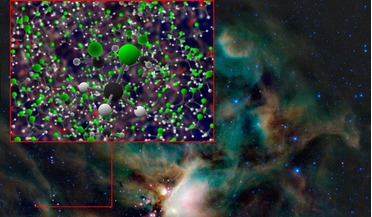 02 October 2017
New molecule discovery may have implications for chemistry on Earth
02 October 2017
New molecule discovery may have implications for chemistry on Earth
... researchers still have more to learn about the formation of organohalogens. “Additional searches for organohalogens around other protostars and comets need to be undertaken to help find the answer,” added Fayolle.
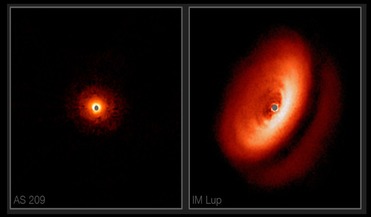 11 April 2018
Revealing planet formation processes with SPHERE
11 April 2018
Revealing planet formation processes with SPHERE
...image as it is referred to) of a dusty disc around a young star is incredibly difficult to do, as the light from the evolving protostar masks the presence of any planets that have started to form. Rather handily, SPHERE is equipped with a coronagraph...
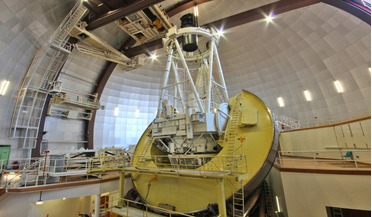 18 April 2018
Ambitious Galactic survey to help find Sun's lost family
18 April 2018
Ambitious Galactic survey to help find Sun's lost family
... upon a time, would have been born from a huge cloud of gas and dust that collapsed to form a protostar – and it wouldn’t have been alone. Most stars are born in clusters with hundreds, if not thousands of other...
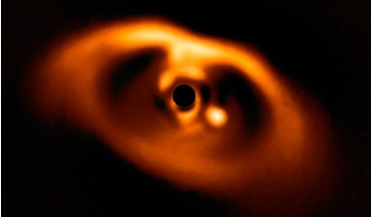 02 July 2018
Baby planet in dusty disc finally caught on camera
02 July 2018
Baby planet in dusty disc finally caught on camera
..., a planet-hunting instrument on ESO’s Very Large Telescope, astronomers have finally captured the very first image of a protostar circling the very young star PDS 70. Not only that, but the data suggests that the...